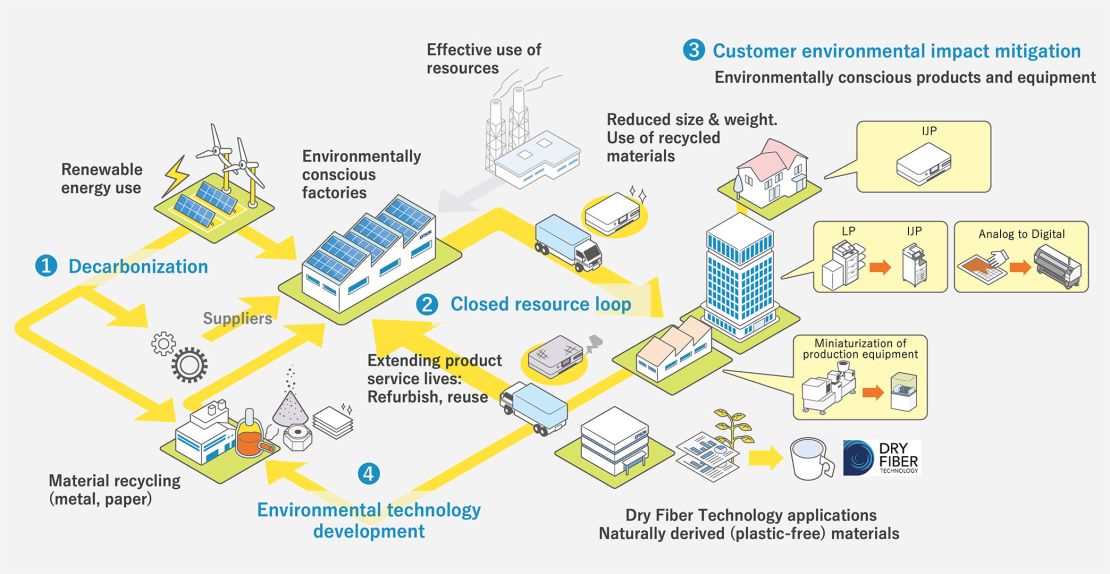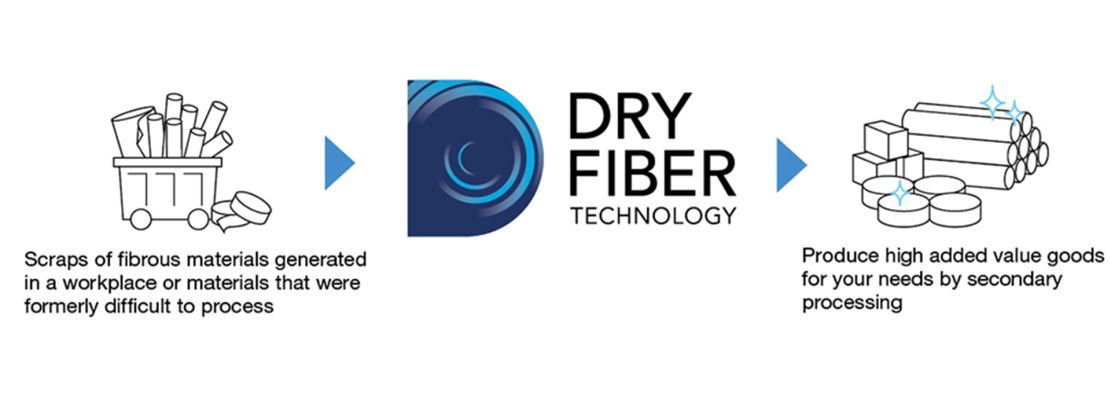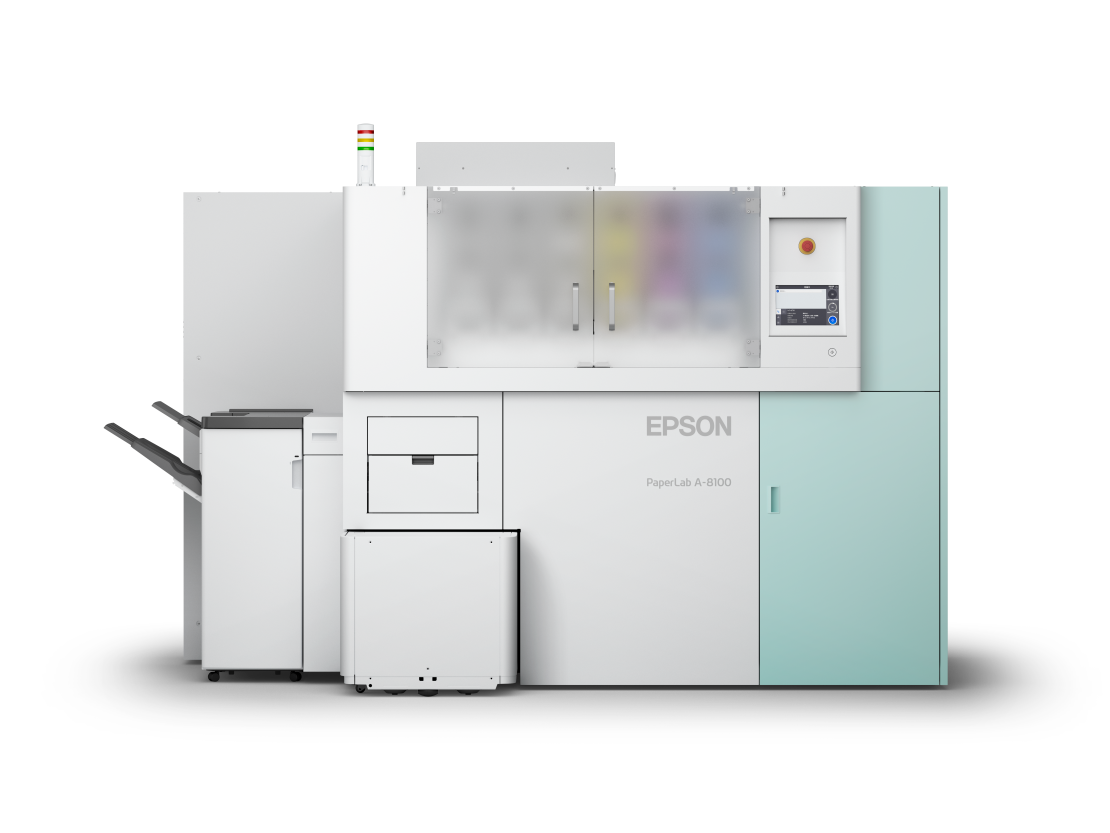As businesses minimize their environmental impact, Epson provides a blueprint for sustainability transformations, in which innovation and resource conservation plays a vital role.
Countries around the world are currently gearing up for November’s COP29, hosted this year in Azerbaijan’s capital, Baku. Under the theme, ‘In Solidarity for a Green World’, global leaders will gather to share ideas and develop strategies to combat climate change and secure a brighter, greener future.
But change cannot come from governments alone. Delegates from business and industry are key to leading the charge against climate change. For many, it is an opportunity to recognize and reduce their own carbon footprints.
For some businesses, the principles of sustainability and environmental stewardship are already a core operational strategy. Leading Japanese electronics manufacturer, Epson, is one of them. Founded in 1942 in Suwa, Nagano Prefecture, an area rich in nature, the company has made it a key part of its mission to be in harmony with people and the planet.

Tracing a history of green innovation
In the 1970s, Epson began treating wastewater being discharged from its site to avoid polluting nearby Lake Suwa. These standards were imposed just as the world was waking up to the dangers of water pollution, like The Clean Water Act of 1972, established in the US to regulate pollutants into national waters.
The 1980s saw Epson begin a decades-long campaign to reduce its use of harmful chemicals. The company accelerated its plan and few years later in 1988, when it became the world’s first company to announce that it would completely phase out the use of chlorofluorocarbons (CFCs) in its global operations. Epson became CFC-free in Japan in 1992 and worldwide the following year.
Recently, significant updates were made to its Environmental Vision 2050. It is designed to position Epson as carbon-negative and underground resource-free (emitting non-renewables such as oil and metals) by 2050 to achieve sustainability and enrich communities.
Working to achieve carbon-negative
To realize its Environmental Vision, Epson has implemented the corporate vision, Epson 25 Renewed. This consists of four initiatives: ‘Closed Resource Loop’, ‘Customer Environmental Impact Mitigation’, ‘Environmental Technology Development’, and ‘Decarbonization’, in which it prioritizes 100% renewable electricity.

Since 2024, Epson has used 100% renewable electricity across all its sites, and is committed to using local, renewable sources wherever possible. For example, while its production site in the Philippines continues to use previously installed solar power, it now largely relies on a mixture of geothermal and hydroelectric power.
Developing environmental technologies for the future
Environmental Technology Development is an essential initiative that will support Epson in achieving its Environmental Vision. Efforts include developing Dry Fiber Technology (DFT) and metal powder manufacturing technologies to not only support a circular economy but to set a gold standard in sustainable practices.

DFT is a fiber conversion technology for defibering used office paper and other fiber materials with minimal water use, making it easier to reuse resources. With its PaperLab A-8100, Epson’s customers can utilize DFT for themselves and even recycle paper on site. The technology has also evolved to allow paper to be recycled into sound-absorbing and cushioning materials, and to enable the production of new materials from recycled clothing scraps.

Metal powder manufacturing technologies, meanwhile, are being pioneered by the company’s metal manufacturing arm, Epson Atmix. It has begun construction of a new facility to transform unwanted metal waste into raw materials for metal powder production. The facility aims to establish a sustainable metal powder manufacturing process that supports metal resource circulation, with operations expected to begin in June 2025.
Additionally, Epson combines proprietary technologies like Inkjet Printing and robotics to develop environmentally conscious manufacturing processes. This, subsequently, drives the company towards its materiality goal of “transforming industrial structures,” reveals Mr. Ogawa.
Inspiring positive change in customers worldwide
Epson continues to make further efforts to develop products that mitigate the environmental impact of its customers. Its annual Research and Development (R&D) expenditures amount to approximately 40-50 billion yen, while its capital investments are around 60-70 billion yen. Directing all these investments to its ‘Customer Environmental Impact Mitigation’ initiative would amount to more than one trillion yen over ten years.
For example, in its core printing domain, Epson’s solutions range from Inkjet Printers to Digital Textile Printing machines, which eliminate the need for plates and significantly reduce water usage after printing. These innovations help conserve resources and energy, while improving operational efficiency and productivity, thereby delivering value to customers.
Epson is strengthening its green credentials, showing remarkable industry leadership. As Mr. Ogawa says, “Epson will work towards its goal of achieving sustainability and enriching communities”.
Learn more about how Epson continues to challenge itself to realize a sustainable future here.




